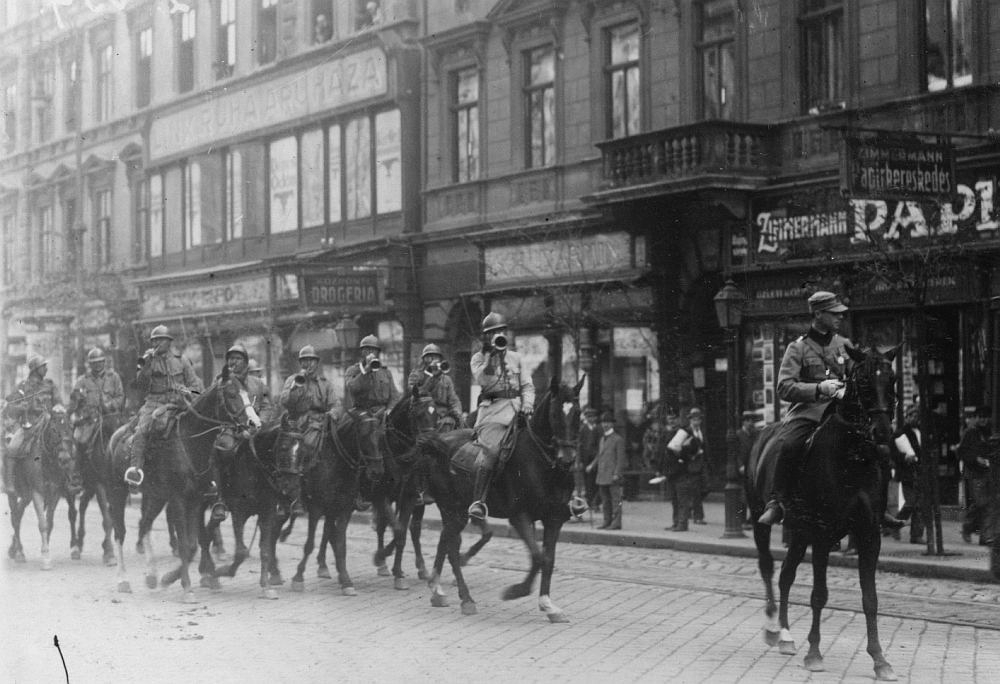
After the unilateral self-disarmament of the Hungarian army by the pacifist Hungarian prime minister Count Mihály Károlyi, the Allies of World War I intended that Romania's Army, the Czechoslovak army and the Franco-Serbian armies to occupy various parts of Kingdom of Hungary. At the same time, there was a reluctance to allow Romania to occupy Hungary fully, although their intention was to, at least in part, satisfy the Romanian claims in accordance with the Treaty of Bucharest (1916) which proposed that Hungary cede Transylvania, Partium and parts of Banat to Romania. The situation was further complicated by the strained relationship between the Romanian delegation at the Paris Peace Conference and the Great Powers. France, in particular, was keen on the participation of Romania in the intervention against the Bolshevik forces in Russia while the Romanian authorities conditioned this involvement on the fulfillment of the promises made by the Allies in 1916. Some Allied leaders in Paris supported the advance of the Romanian Army while the Council of Four withheld its approval of the military actions. The French General Staff encouraged a continued Romanian advance to Budapest, with Generals Ferdinand Foch, Louis Franchet d'Espèrey, and Henri Mathias Berthelot particularly in favor of this approach.
In Transylvania there were political and ethnic tensions between various Romanian, Hungarian, Saxon, and other ethnic groups. However, Romania's motivations to enter the neutral zone and cross the demarcation lines were not limited only to protecting the ethnic Romanians, but also to occupy the territory in accordance with the 1916 agreement, thus presenting the Allies with a fait accompli.
In the aftermath of World War I and the proclamation of the independence of Hungary from the Dual Monarchy, the Hungarians tried to convince the Allies that "Hungary should not be penalized too harshly for the sins of the old". Despite the Hungarian government offering concessions to the ethnic minorities, it was "too little, too late". The political leaders of ethnic Romanians, as well as Serbs, Slovaks, Croats, and other minorities, had already decided to secede. Moreover, the decision of the Council of Four to establish a neutral zone that largely reflected the treaty between Romania and the Allies in 1916 contributed to the liberal president Count Mihály Károlyi's resignation and the subsequent creation of the Hungarian Soviet Republic. The threat of Béla Kun's Hungarian Red Army and Red Guards linking up with other Bolshevik forces was decisive in the joint decision of several Allied representatives and the Romanian authorities to "settle the Hungarian question immediately".[2]